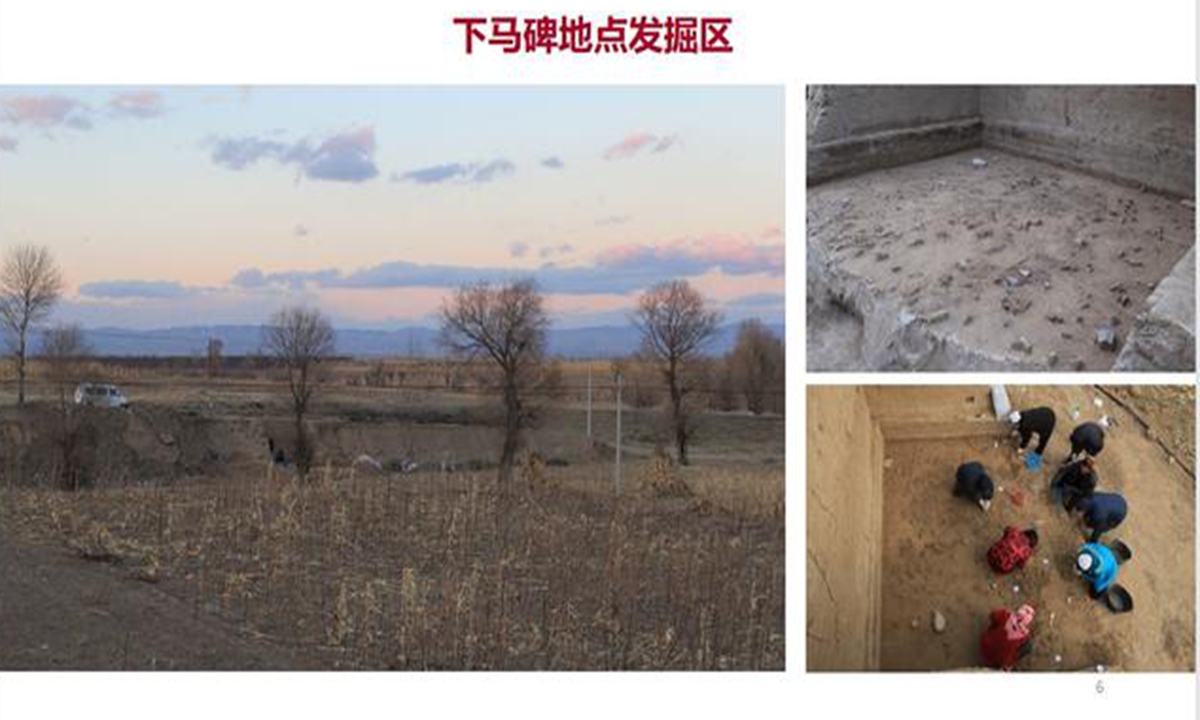
Nihewan Basin in North China's Hebei Province Photo: Courtesy of the National Cultural Heritage Administration
China's joint international archaeology project has contributed to a significant discovery that can be traced back to 41,000 years ago in North China.
According to a seminar held by the National Cultural Heritage Administration (NCHA) on Thursday, Chinese archaeologists have confirmed that an ancient site in the Nihewan Basin, a depression in a mountainous region of North China's Hebei Province, is the earliest-known ochre workshop in East Asia.
In a study published in the journal Nature, the team revealed the lifestyle of humans living in East Asia 40,000 years ago, and the artifacts they excavated are between 39,000 and 41,000 years old.
The Nihewan archaeological project is an important achievement of Paleolithic archaeological research. It vividly explains the human culture, technology, aesthetics and spiritual world of the Paleolithic Age in China, and is of great value.
Ochre pieces, stone and bone tools and animal fossil fragments scattered around the area suggest that the clay earth pigment was processed there, via grinding and pounding, to produce powders of different colors and grain sizes.
The unearthed slender and small stone tools are believed to have been tools for drilling, as well as for processing fur, cutting plants and animal soft tissue.
The researchers drew the conclusion that this discovery is the earliest-known archaeological find related to human processing pigments and small stone tools in China and even in East Asia.
Yang Shixia, co-author of the report and a researcher with the Chinese Academy of Sciences and the Max Planck Institute for the Science of Human History, told the Global Times on Thursday that the Hebei Provincial Institute of Cultural Relics and Archeology started to explore the site in 2013, adding that experts and institutions from Germany, France, Spain started to join in the project in 2018.
"The project was set to be completed in 2020, but due to the global COVID-19 pandemic it was delayed," said Yang.
According to Yang, the international cooperation gave full play to the superb technology of each country in this field. It also shows China's cultural confidence and contributes to the credibility of the study.
Officials from the NCHA said they will continue to advance research on the origin of humans, and Paleolithic archaeology in China. They also aim to promote multidisciplinary and interdisciplinary cooperation, strengthen international academic exchanges and dialogue, and demonstrate the human history in China with more abundant and detailed data.
"Further planned excavations will help us to better understand our evolutionary story," Yang said, adding that China has always shown an open attitude in international joint archaeology as "culture has no borders."




